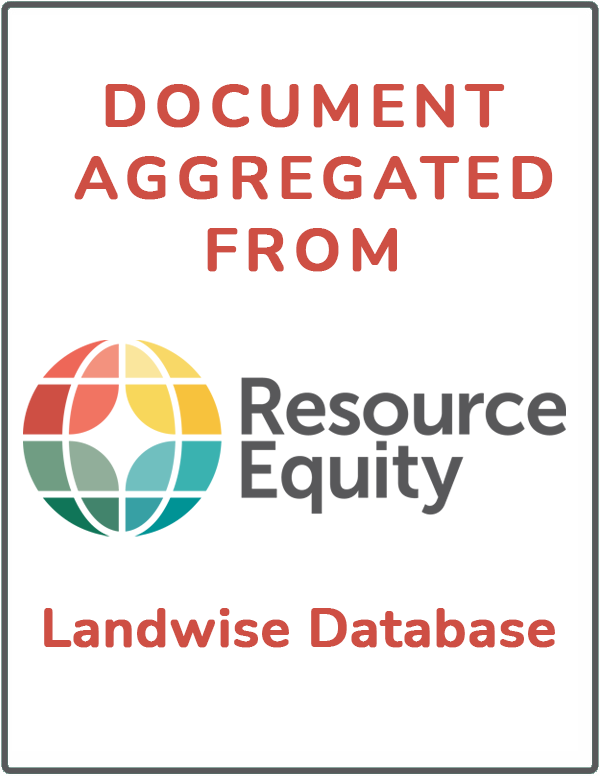Location
USAID's Development Experience Clearinghouse (DEC), the largest online resource for USAID-funded technical and project materials, makes nearly 200,000 items available for review or download, and continuously grows with more than 1000 items added each month.
The DEC holds USAID's institutional memory, spanning over 50 years; including documents, images, video and audio materials. The DEC collects research reports, evaluations and assessments, contract information, tutorials, policy and planning documents, activity information sheets, and training materials.
WHAT THE DEC CAN DO FOR YOU
SEARCH
Members of the USAID community can use keywords, phrases, or more advanced searchtechniques to find resources or browse special collections in the DEC. Users can download their search results, review detailed bibliographic information or perform more complex sorting and filtering to find just the right results. The DEC holds monthly webinars highlighting search techniques.
SUBMIT
Documents and development assistance project materials produced or funded by USAID must be submitted for inclusion in the DEC, per guidance from the ADS 540. The DEC holds all relevant USAID-funded project and program materials. Most items become available as soon as they are submitted. To learn best practices for submitting materials, join one of the DEC's monthly webinars.
SHARE
To help others find the information they need, the DEC Team encourages USAID community members to share experiences with the DEC and its contents by providing comments, ratings, votes and tags for DEC materials. The DEC makes it easy to share these materials via Facebook and Twitter.
Members:
Resources
Displaying 1 - 5 of 100On-farm description and status of Nuer (Abigar) cattle breed in Gambella Regional State, Ethiopia
Climate-Smart Agriculture in Ethiopia
The agriculture sector is the backbone of Ethiopia’s economy and livelihoods. Yet, heavy reliance on rain-fed systems has made the sector particularly vulnerable to variability in rainfall and temperature. Climate change may decrease national gross domestic product (GDP) by 8–10% by 2050, but adaptation action in agriculture could cut climate shock-related losses by half. • Climate risk management interventions and long-term adaptation actions need to match localized vulnerabilities and impacts.
Climate-Smart Agriculture in Ethiopia
The agriculture sector is the backbone of Ethiopia’s economy and livelihoods. Yet, heavy reliance on rain-fed systems has made the sector particularly vulnerable to variability in rainfall and temperature. Climate change may decrease national gross domestic product (GDP) by 8–10% by 2050, but adaptation action in agriculture could cut climate shock-related losses by half. • Climate risk management interventions and long-term adaptation actions need to match localized vulnerabilities and impacts.
Climate-Smart Agriculture in Ethiopia
The agriculture sector is the backbone of Ethiopia’s economy and livelihoods. Yet, heavy reliance on rain-fed systems has made the sector particularly vulnerable to variability in rainfall and temperature. Climate change may decrease national gross domestic product (GDP) by 8–10% by 2050, but adaptation action in agriculture could cut climate shock-related losses by half. • Climate risk management interventions and long-term adaptation actions need to match localized vulnerabilities and impacts.


